Wheatgrass is the part of the wheat grain that has sprouted from the seed. They are rich in vitamins, minerals, amino acids and other beneficial nutrients. This beneficial herb detoxifies and helps the various systems in the body work efficiently.
Wheatgrass benefits
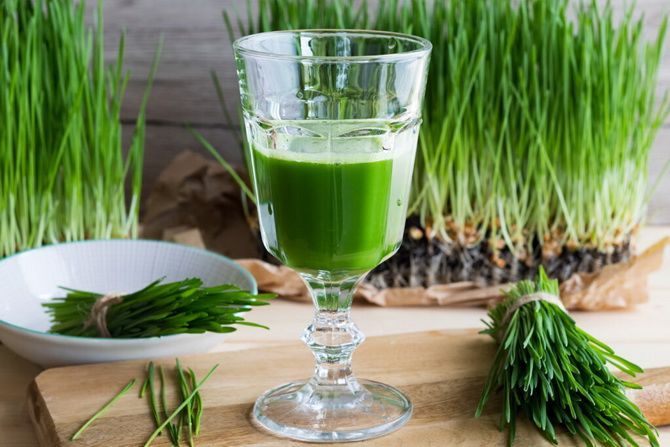
Wheatgrass is usually purchased from specialty stores, but can easily be grown at home. They are added to smoothies, salads, as a side dish or squeezed juice. The use of wheat germ should be started with small doses in the morning. It is necessary to give the body to first adapt to a new product, and then gradually increase its amount. The proper amount of food will vary depending on the form chosen. If you choose to consume sprouts, start with 20 grams and work your way up to 70 grams per day. The amount of wheatgrass juice consumed is 30-120 ml per day. This may help reduce the occurrence of potentially harmful side effects. Wheatgrass cannot be thermally processed.
1. Rich in many nutrients
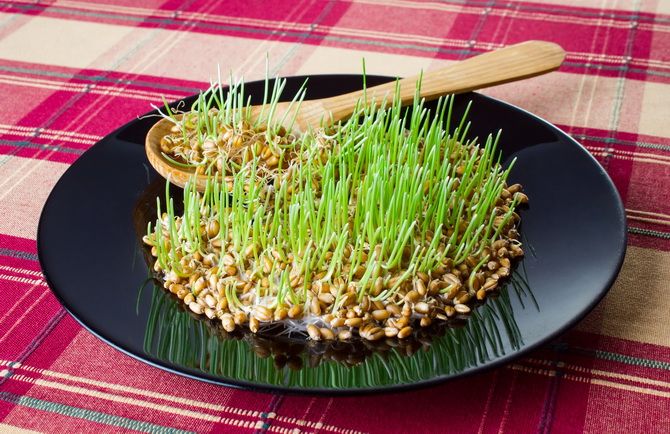
Wheatgrass is a rich source of vitamins, including vitamin A, vitamin B6, vitamin E, vitamin C, vitamin K. It also contains minerals and other elements: calcium, selenium, magnesium, iron, amino acids and chlorophyll. These nutrients work as antioxidants, reduce inflammation, and reduce the risk of developing infectious diseases. It may help reduce the risk of diabetes and coronary heart disease.
2. Anti-cancer properties
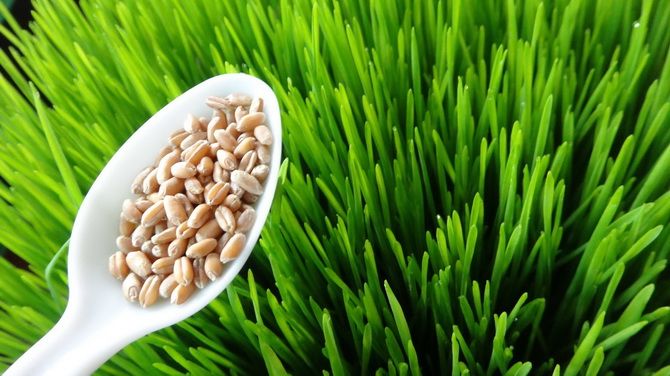
Ongoing research has shown that the antioxidants in wheat germ may help reduce the risk of cancer. A substance derived from wheat germ extract may inhibit the proliferation of laryngeal cancer cells. Chlorophyllin, which is found in wheat germ, may reduce the risk of breast cancer.
3. Anti-diabetic properties

Wheatgrass is beneficial for people with diabetes. Wheatgrass helps lower blood sugar levels and controls future spikes. In addition, this product reduces weight and fights obesity. Against the background of obesity, diabetes can occur and extra pounds usually accompany the course of this disease.
4. Anti-inflammatory properties
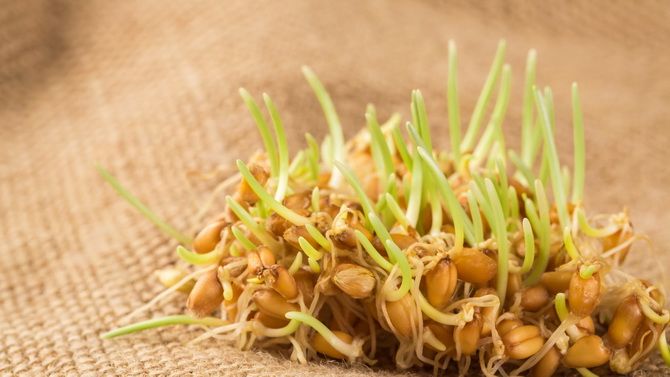
hlorophyll and apigenin, one of the antioxidant flavonoids found in wheatgrass juice, has anti-inflammatory properties. It is helpful in reducing oxidative stress, which is an imbalance between free radicals and antioxidants in the body.
Eating wheat germ is a thing to be careful about. Some people may experience unusual symptoms such as headache, stomach pain, and nausea as a side effect of taking more than the recommended dose. If you experience these symptoms, you should reduce the amount consumed in wheatgrass. Symptoms usually disappear within 2 weeks or after the body adjusts to eating wheat germ.
However, people with chronic medical conditions or who are taking medication should consult their doctor before consuming wheatgrass. Wheatgrass should not replace medication, but will allow the body to get the nutrients for a healthier diet.




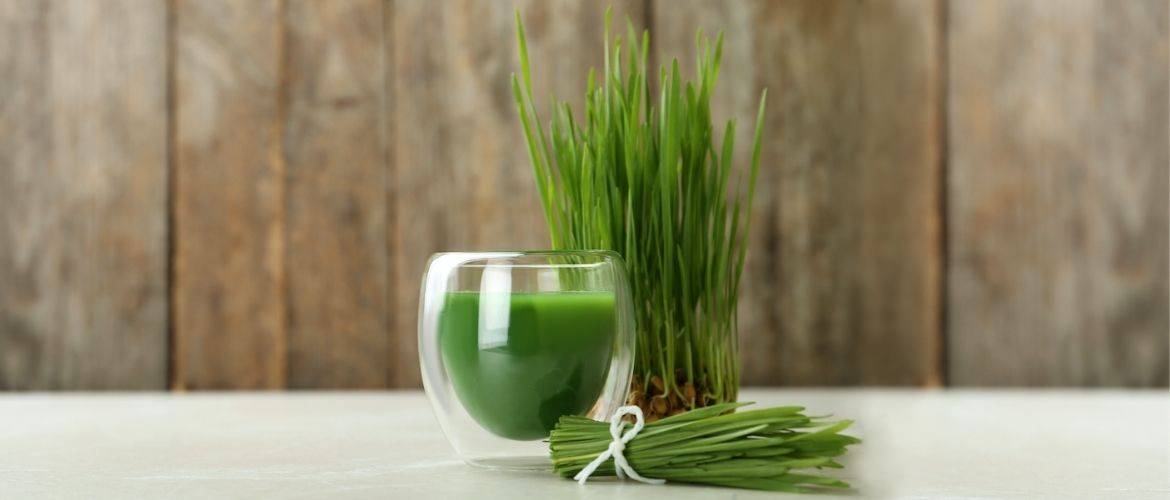


Only registered users can leave comments